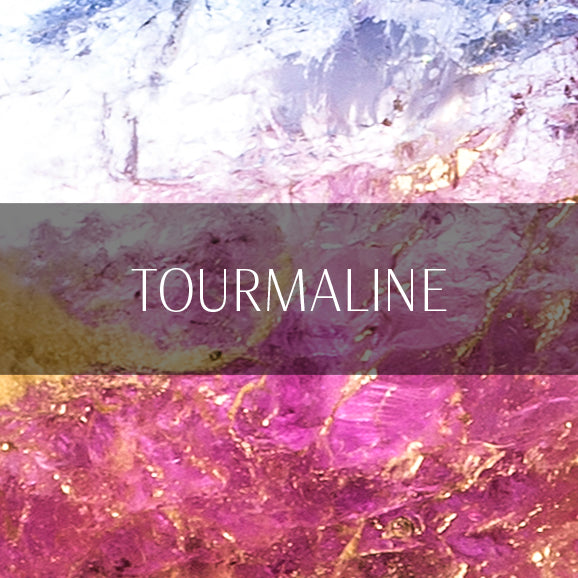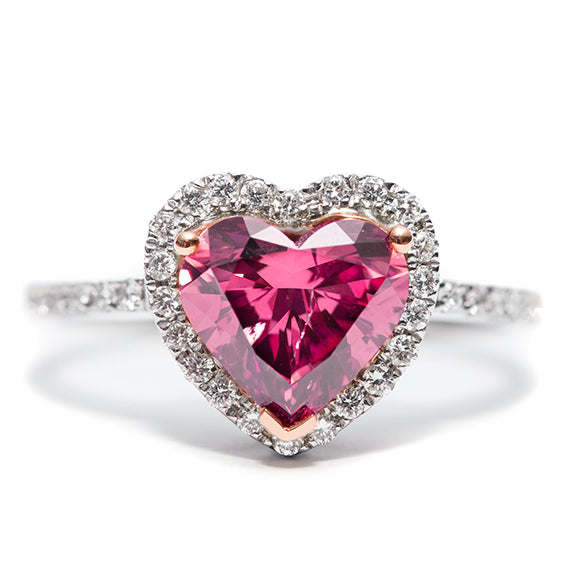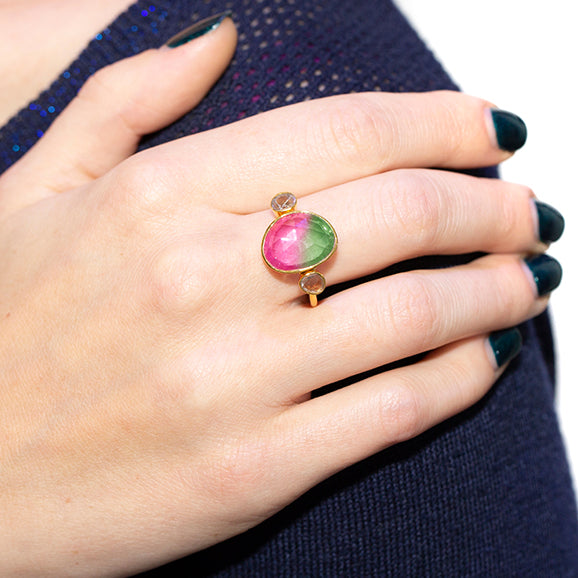The History of the Tourmaline
Tourmaline came to Europe through merchants of the Dutch East India company in the 17th century. At about the same time, the same crystal was found in Brazil by Spanish conquistadores, but they thought they had found emeralds. Of course, tourmaline had been found in these parts of the world well before the arrival of Western merchants and soldiers. The Chinese have used tourmaline for carved and engraved pieces for many hundreds of years. A relatively common item handed down over the years are pink tourmaline snuff bottles that are a testimony to the durability of this hard, crystalline stone.
The ancient gem traders had a problem – they were unable to distinguish between the coloured gems that were tourmaline and other coloured gemstones and so they were routinely misidentified. Today there are artefacts that we now understand to be tourmaline but that were initially thought to be made with rubies; the Russian imperial crown jewels are one such example.
Tourmaline’s Geology and chemistry
Tourmaline is formed in igneous rocks called pegmatites. Pegmatites are crystalline rocks with individual crystals ranging in size from a couple of centimetres to 10 meters or more. Pegmatites form in voids deep under the surface of the earth. The voids were filled with molten material rich in minerals when the liquid magma liquid begins to cool Tourmaline, and other crystalline stones are formed.
Watermelon tourmaline:
This is an unusual stone with a green layer separated from red by a layer of clear stone. This gives the appearance of a watermelon, hence the name. Cutting the gems to maximise the effect is a skilled craft. The best examples of watermelon tourmaline have a 50/50 blend of green and red.
Tourmalines are often manipulated to alter their colour. These treatments change the tone and depth of the colour. Unfortunately, over time these changes fade due to exposure to heat and light.
There are two main ways that tourmalines are treated: heat and oil/resin. A heat treatment can give a better colour for the stone but does not change the hardness or durability. Oil or resins can be injected into a gem; however, this can make the stone more prone to damage, they are often much cheaper than unaltered stones.
Tourmaline is not as hard as diamond with a Mohs scale rating of 7-7.5 as compared to a diamond at 10. This lack of hardness makes the stone much less durable and so care must be taken with tourmaline jewellery that is intended to be worn every day. Tourmaline has a long history with many twists and turns. Enjoy the range of colours in any jewellery but take care of it because it is more fragile than many other gemstones.



